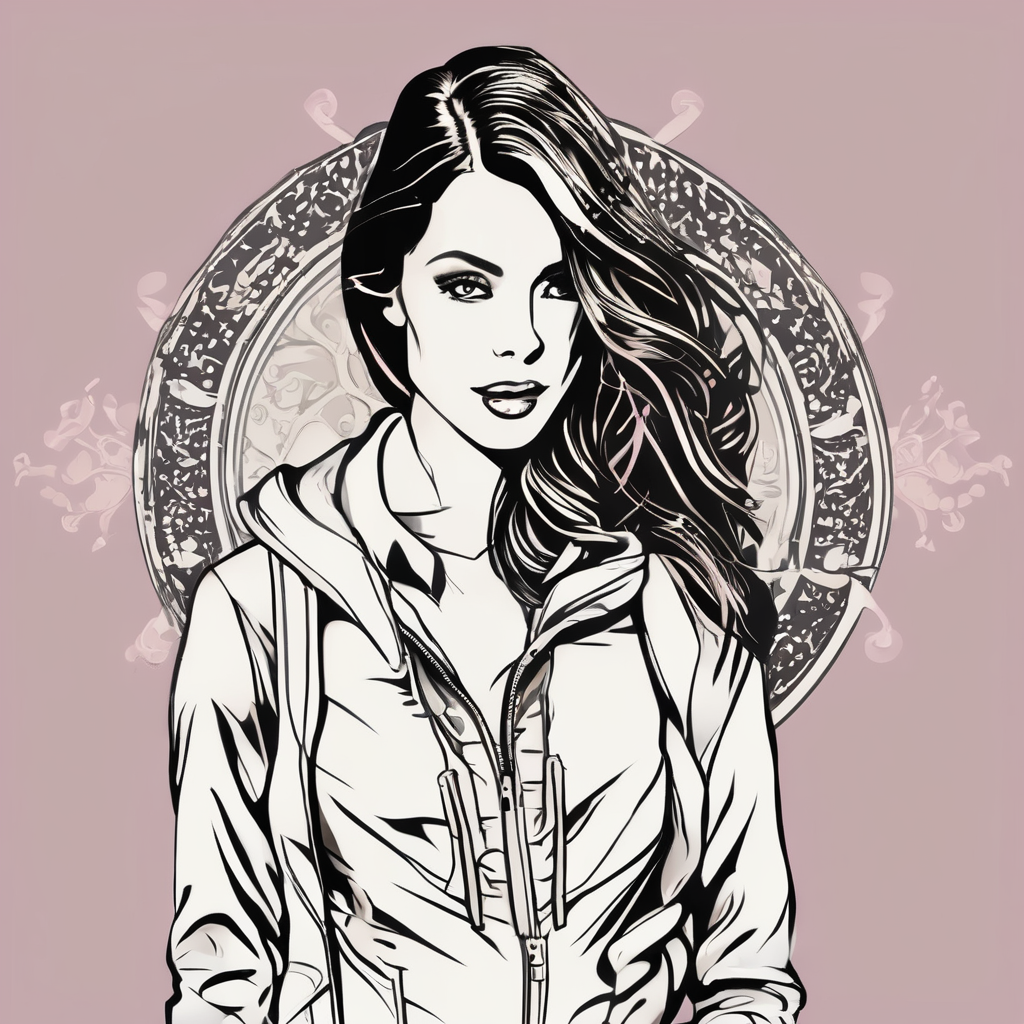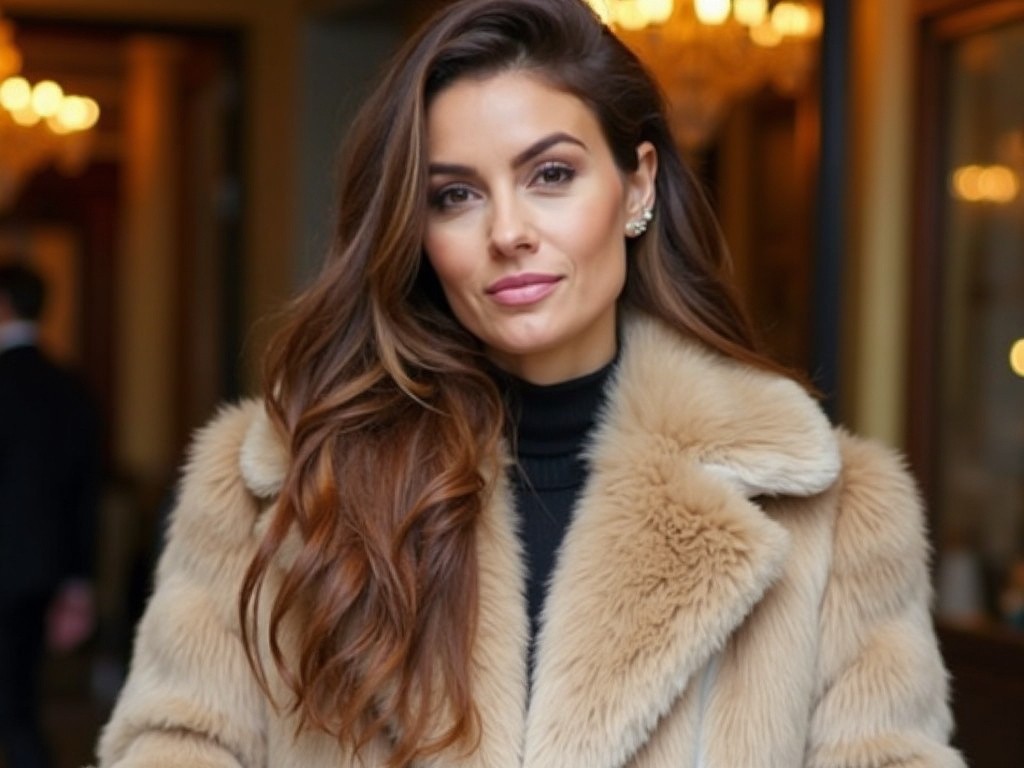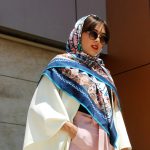Winter brings a unique canvas for fashion enthusiasts to experiment with various textures and layers. The art of layering not only keeps you warm but also allows you to create visually appealing outfits. Mastering this craft can elevate your winter wardrobe, making it both functional and stylish. For the uninitiated, layering might seem daunting, but with the right techniques, anyone can achieve a balanced and chic look. In this article, we delve into the best techniques for layering different textures in winter, ensuring you stay warm without compromising on style.
Understanding the Basics of Layering
Before diving into specific techniques, let’s establish a foundational understanding of layering. The concept goes beyond merely stacking clothes. It involves a strategic application of different materials, weights, and textures to achieve both comfort and aesthetic appeal. The key lies in balance and harmony.
Have you seen this : What Are the Best Fabrics for Allergy-Prone Skin in UK Winters?
The Role of Fabrics
Fabrics play a crucial role in layering. Each material offers distinct qualities, from warmth to breathability, making the combination of different fabrics essential. Wool, for instance, is excellent for warmth but can be itchy against the skin. Cotton, on the other hand, is breathable but less insulating. Combining these materials can provide both comfort and functionality.
Layering Hierarchy
Understanding the hierarchy of layers is fundamental. The base layer should be moisture-wicking to keep you dry. Middle layers provide insulation, and the outer layer protects against elements like wind and rain. This tiered approach ensures that each layer serves a specific purpose, contributing to the overall effectiveness of your ensemble.
Also to see : How to Choose the Perfect Pair of Tailored Trousers for a Professional Setting?
Combining Textures for Visual Interest
One of the most exciting aspects of layering is the ability to mix and match different textures. This not only adds depth to your outfit but also creates a dynamic visual appeal.
Texture Contrasts
Contrasting textures can make an outfit stand out. Pairing smooth materials like silk or satin with rougher textures like wool or tweed can create a striking balance. For example, a silk blouse under a chunky knit sweater offers a sophisticated yet cozy vibe. The contrast draws attention and adds complexity to your look.
Harmonizing Colors
While textures are important, color harmony should not be overlooked. Neutral colors like black, white, and beige can serve as a base, allowing you to experiment with bolder textures without overwhelming the senses. For instance, a neutral-toned wool coat can be paired with a vibrant, patterned scarf to add a pop of color and texture.
Practical Tips for Layering
Layering is an art that requires practice and a keen eye for detail. Here, we provide practical tips to help you master this technique.
Start with a Strong Foundation
Begin with a quality base layer. Materials like merino wool or synthetic fabrics designed for moisture-wicking are excellent choices. These fabrics keep you dry and comfortable, providing a strong foundation for additional layers.
Play with Proportions
Proportions can make or break an outfit. When layering, consider the length and fit of each piece. A long, oversized coat can be balanced with a fitted sweater and slim jeans. This creates a streamlined look that avoids the bulkiness often associated with winter wear.
Accessorize Smartly
Accessories can enhance your layered look. Scarves, belts, and hats not only add warmth but also contribute to the overall aesthetic. A well-chosen scarf can introduce an additional texture or color, tying your outfit together seamlessly.
Experiment and Adapt
Fashion is a personal journey, and experimentation is key. Don’t be afraid to mix and match different pieces to find what works best for you. Adapt your layering techniques based on the weather and your personal style, keeping comfort and functionality in mind.
Advanced Layering Techniques
For those who have mastered the basics, advanced layering techniques can offer new avenues for creativity and expression.
Monochromatic Layers
Monochromatic layering involves using different shades of the same color. This technique creates a cohesive look while allowing you to play with various textures. For example, an all-grey outfit can feature different fabrics like wool, leather, and cashmere, each adding its unique character to the ensemble.
Layering with Patterns
Incorporating patterns into your layered outfits can add a playful element. However, it’s essential to strike a balance to avoid a cluttered appearance. Combining a patterned scarf with a solid coat, or a striped shirt under a plain sweater, can introduce patterns without overwhelming your look.
The Art of Layering Outerwear
Layering outerwear is an advanced technique that can offer both practicality and style. Wearing a lighter jacket under a heavier coat provides added warmth and depth. This method allows you to adjust your layers easily, adapting to varying indoor and outdoor temperatures.
Layering different textures in winter is a skill that combines practicality with creativity. By understanding the basics, experimenting with textures, and applying advanced techniques, you can create outfits that are both warm and stylish. The key lies in balance and harmony, ensuring each layer complements the others while serving its unique purpose.
By following these techniques, you can transform your winter wardrobe into a versatile and dynamic collection. Whether you’re dressing for a casual day out or a formal event, mastering the art of layering will keep you warm and fashionable throughout the season.











